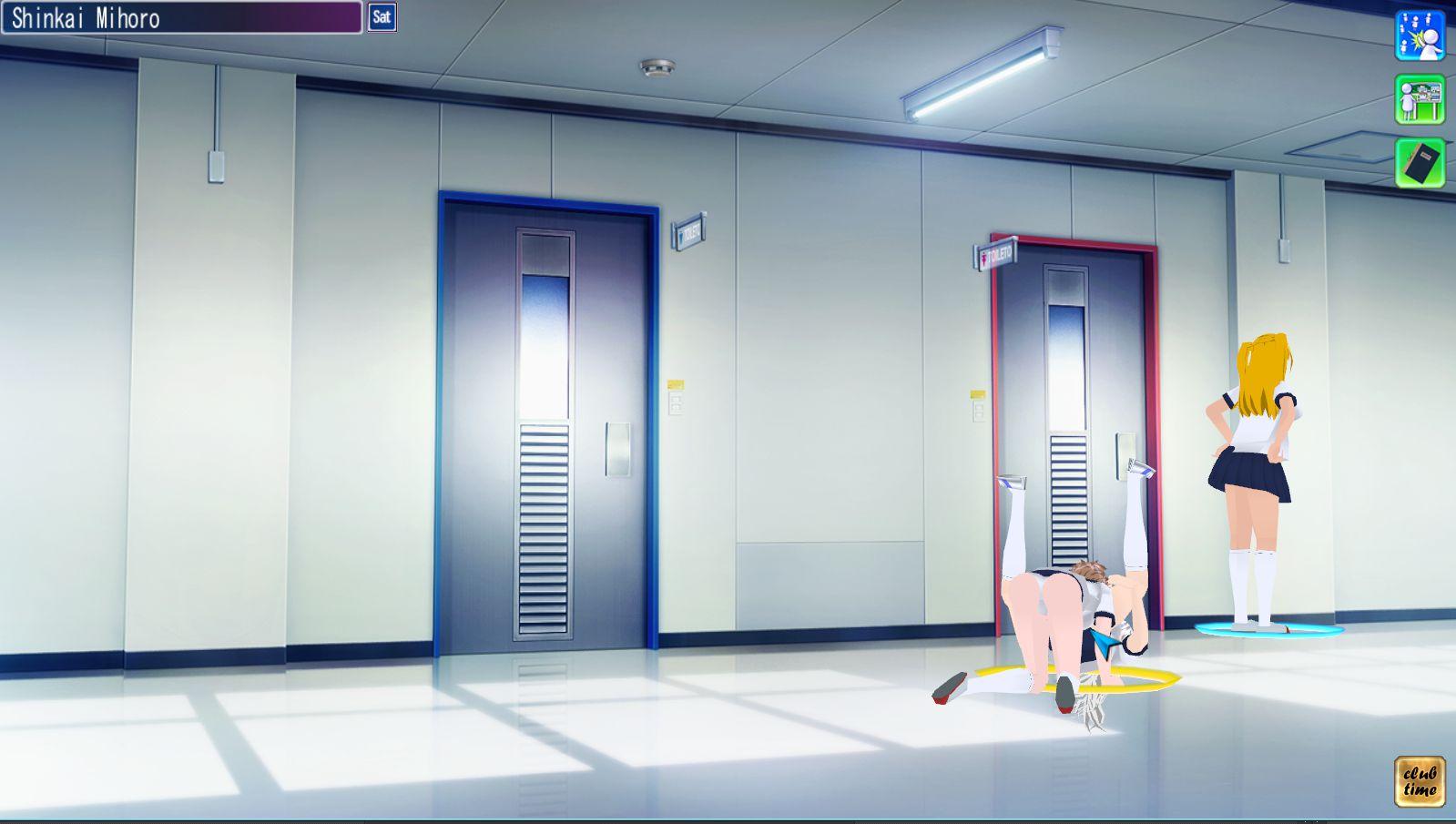

(that's a misspell, but I like it so much that I left it!). Perhaps a kindof "MATHS" type module or section that provides a lot of madulation. You seem to be an adventurous thinker, that said, do you have any plans for creating some sortof "modulation sections", sortof akin to the modulators found on the likes of the Moog Sub 37, or the Korg MS-20? Versatility and options, it's The Way Of The Modular.ĮDIT: Normalising, normalization, normalling (2 L's), normaling (1 L), EVERWHAT! I cannot seem to decide how I wish to misspell it! The only one that the built-in spell checker approves of is "normalizing". This permits running each VCA as an isolated stand alone VCA, or including it with any of the VCAs that remain normalled to each other's inputs or CV inputs that control them. The other six toggles defeat the factory normalisation between the SIGNAL inputs, as well as the CV inputs. Switch UP, and all four VCAs are routed to both their individual outs, as well as the SUM output regardless of any individual VCA outs that are being used.
8CHAN AA2 MODS PATCH
So, plug a patch cable in to (let's say) VCA 3 output, then the SUM output will include VCA's 1, 2, and 4.

With the switch DOWN, use of any of the individual VCA outputs removes them from the SUM out. Meaning, with the switch flipped UP all 4 VCAs are routed to the SUM output. The odd 7th switch provides the ability to remove any of the 4 VCAs from the "SUM out". It's sortof like an extension of the idea behind the Doepfer A-135-1 Quad VCA/Mixer design.Ĭoincidentally, just last night I finished up wiring up some normaling "defeat" switches on my own A-135-1. The redesigned panel will be a lot more compact, but instead of having 2-rows of 5 in the middle, it will have 10-rows of 4, or I might keep it horizontal. I think this is how Mr.Bartongot the clever name for VCA/Mix - its 4-VCAs going to 1-Master mix out. Not to sound like a smart ass, especially being the dumb ass who made a silly panel. Each VCA has 4-channels, so 4-rows that I had in the middle part of the panel all correspond to 1-Master Out. The low profile cables really help with that.Įric the Red wrote:Hey Rex - each Master Out should have 4-inputs each to mix together. You can see how quickly he needs to move from region to region (his recent live performance of Hoedown by ELP is especially exciting). If you've not seen Tom in action, make it a point to check out a couple of his videos that he's released in just the past day or so. this one is out there performing, exactly what it was intended to do. so glad to see the old Moog making live music with a progressive rock band and entertaining people rather than enshrined in some museum-like environment or relegated to doing gear shows such as NAMM like some poor perfectly restored 1967 Mustang that gets traded back and forth between wealthy collectors at Barret Jackson auctions. Easier to get from knob to knob without "tripping" over cables and straight jacks in a hurry during realtime performance. Here's a pic of Tom's ("Noddy's Puncture") rebuilt 1970's R. Less electric hair to get my hands/fingers tangled up with.

just moving over rather than the out/over/in motion. However, moving from one set of controls to the next means moving away, then over, then back in again. It sounds super trivial, even as I type this. So it becomes an issue of economy of movement. and then move six inches back inward towards the panel to apply changes (twist knobs, flick switches). then move over to the next area of attention (next module or region I wish to tweek). patchcords require that my hand first move roughly 6 inches back towards my body. Just MHO.Speaking only for myself here, personally I like using them in certain spots on my modular that tend to stay patched.Īlso, their low profile allows my hand to sweep across the panel to get from one area to another (the same natural way you would when playing a completely hardwired performance synth). Any particular reason you want to go 90 degree? I've found 90 degrees cables get in the way while patching.


 0 kommentar(er)
0 kommentar(er)
